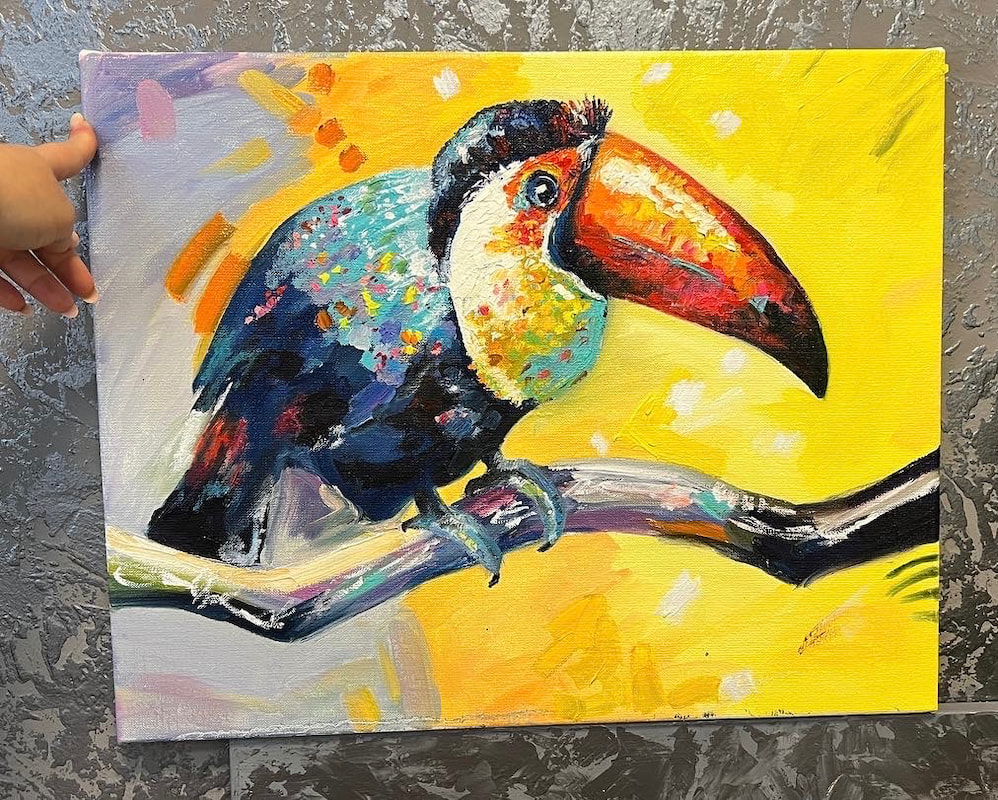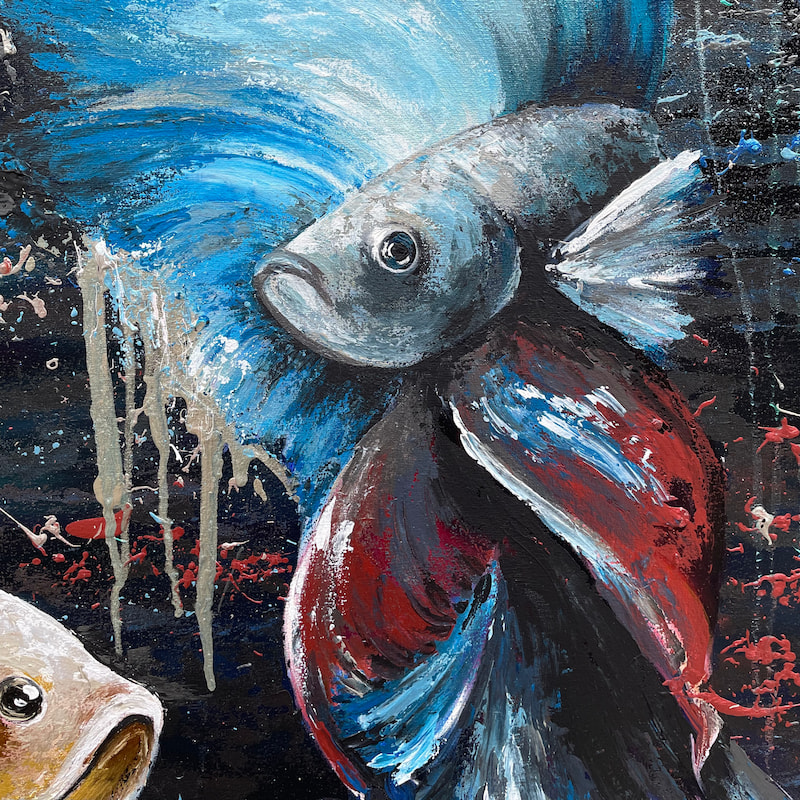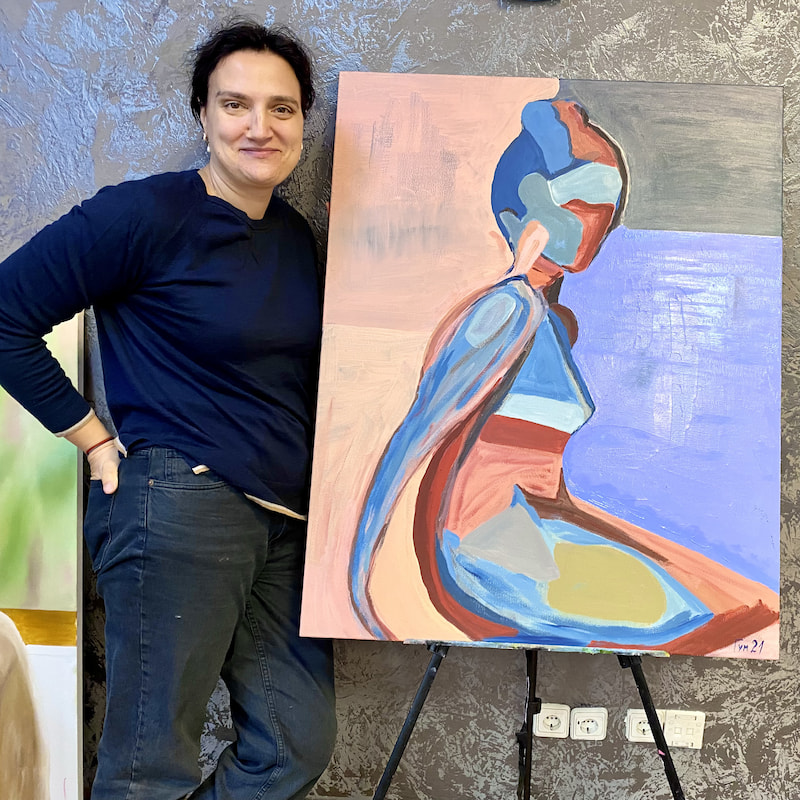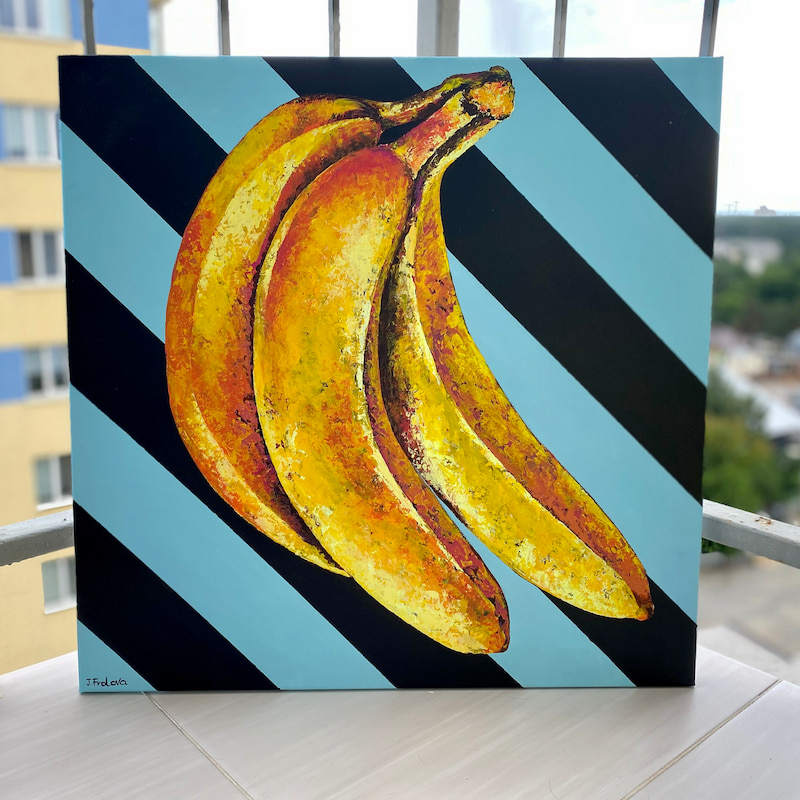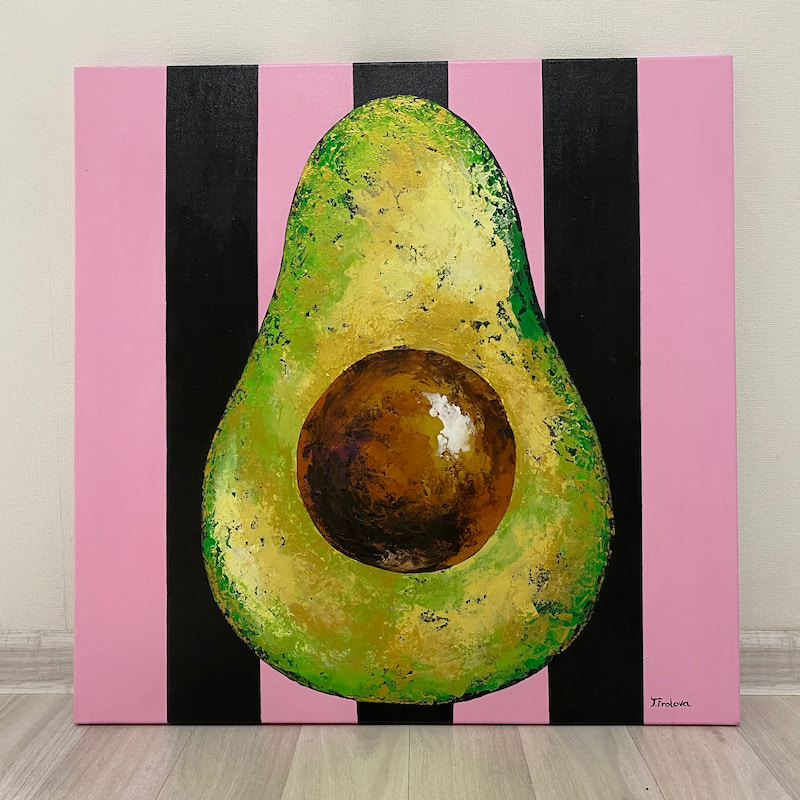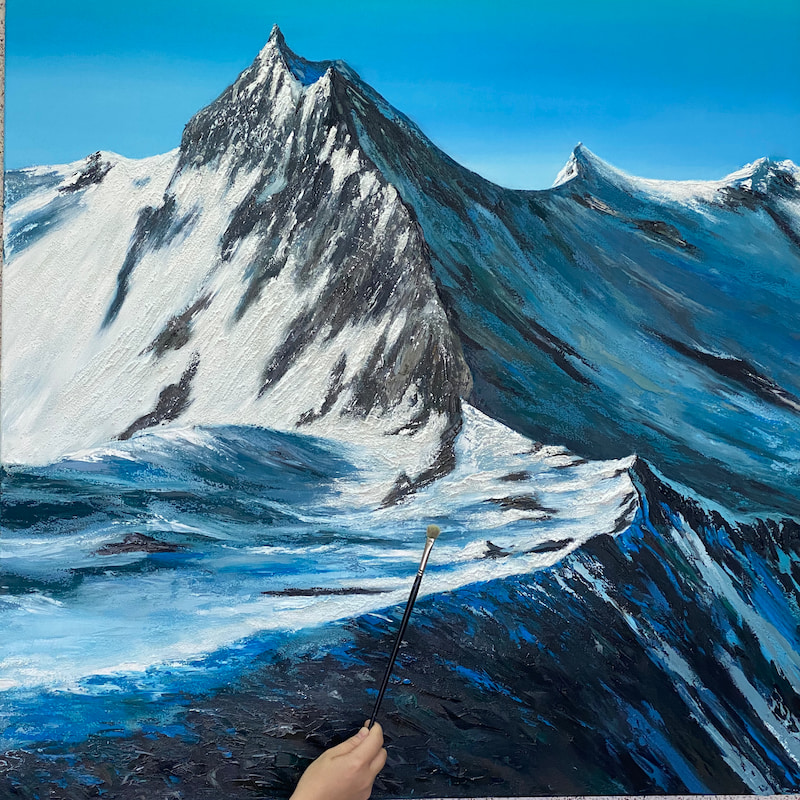ACRYLIC PAINTING COURSE
Acrylic painting is the newest technique; it appeared in the 1950s. Because of its ease of work, this technique gained wide acceptance among contemporary artists.
The basis for acrylic paints can be canvas, paper, cardboard, or wood. Acrylic bases do not require any preparation, but the most popular base is primed canvas.
Acrylic paints dry quickly and are diluted with water. When dried, they become insoluble. The helmet can be applied glazing and pasty, using a palette knife.
The main difference between acrylic and oil is the drying time. Acrylic dries in a couple of minutes, oil in weeks. What’s better? Everyone chooses for himself. But it is worth considering; due to the quick drying of the paint, it is simply impossible to create a picture in the style of realism with acrylic.
For Beginners & Experienced
COURSE PROGRAM:
THIS PROGRAM IS SUITABLE FOR PEOPLE WITH ANY LEVEL OF KNOWLEDGE. CALCULATE THAT ONE TOPIC OF THE LESSON TAKES 2–3 SESSIONS OF 2 HOURS.
Question - Answer
- Do I need to bring my materials to class?
- What is the minimum age for this program?
- Does everyone have the same topic?
- Can I practice on different days?
- Do I have to draw according to the program, or can I choose what I want to draw?
No, the price includes all consumables: paints, solvents, brushes, paper, aprons. Only the canvas is not included. There will be a separate fee for canvasses.
We recommend from 12 years old, but it is also possible to begin at 10. It’s all about the perseverance of the child. The lesson lasts 2 hours, which is worth considering in terms of attention span.
No, each student can have their own theme of the lesson. We have an individual approach and small groups.
Yes, you can change the days of classes, but we recommend studying with one stable group.
The program is what teaches you; it is created for this very purpose. If you want to draw something for yourself, of course you can! You are not required to follow the program!












